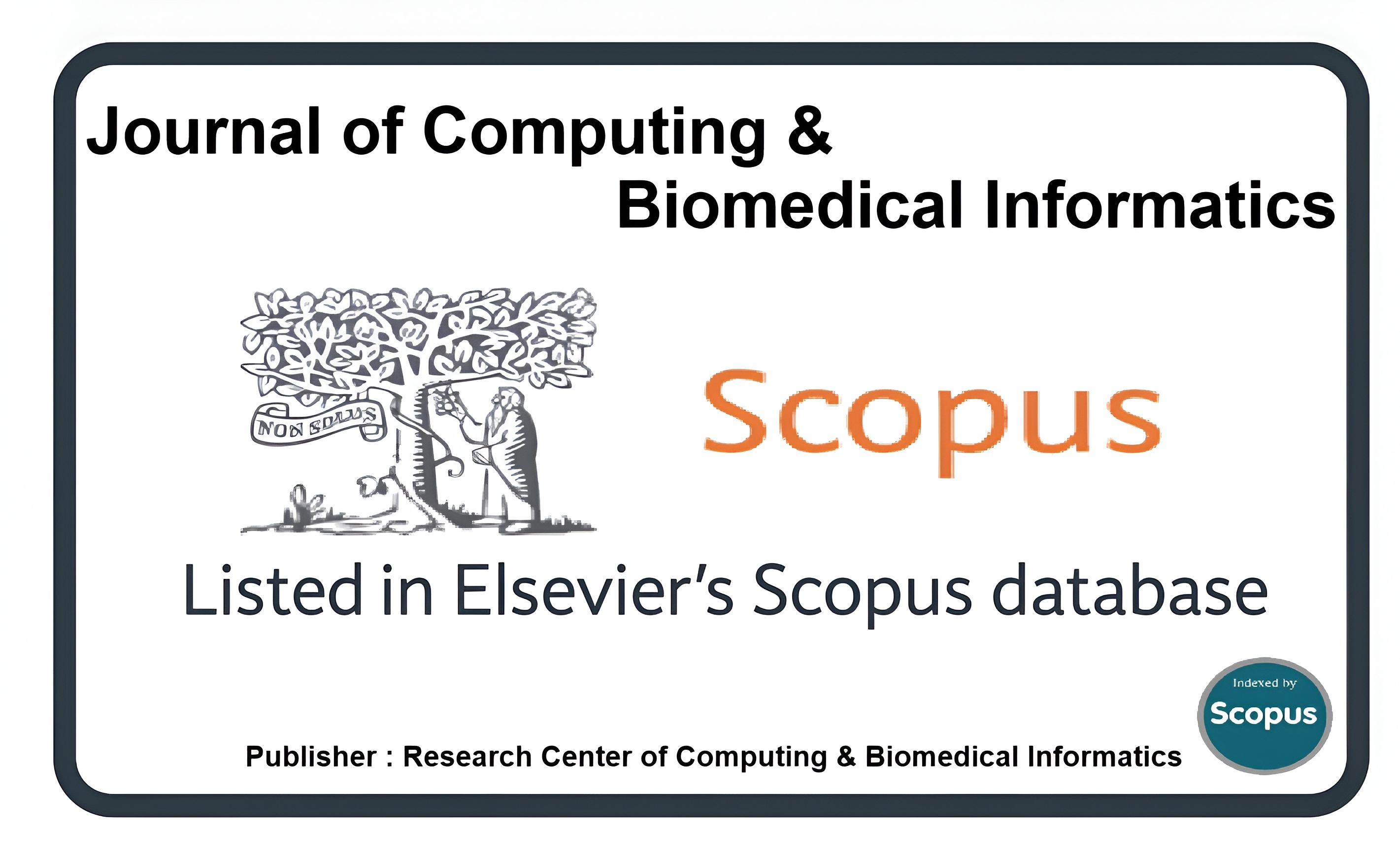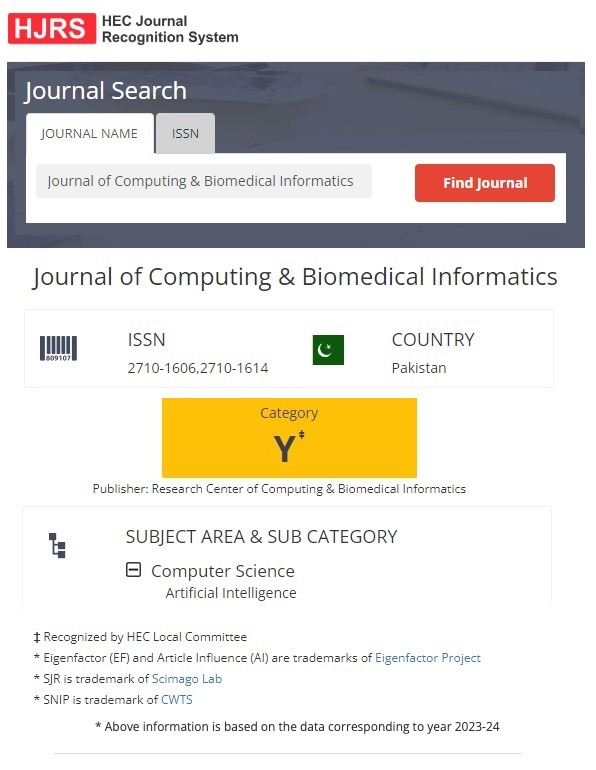Diazotrophs-Assisted Phytoremediation of Pesticides: A Novel Approach
Keywords:
Bioaccumulation, Diazotrophs, Pesticides, Phytoremediation, Plant Microbe InteractionAbstract
Pesticides have hazardous effects on environment, human health, crop productivity, plant growth and metabolism and they can remain in the atmosphere for longer periods of time due to their persistent nature. Remediation of pesticides is absolutely crucial. Phytoremediation is a newly developed technique utilized in several approaches for the purpose of remediation. Research is being conducted to improve this plant-based technology's efficacy. In this way, symbiotic and rhizospheric microbes are essential to the bioremediation of pesticides. A summary of the data from the ongoing research was used to determine that helping diazotrophs can improve the effectiveness of phytoremediation. Diazotrophic bacteria are essential for pathogen resistance, phytohormone production, nutrient uptake efficiency, biological nitrogen fixation, and degradation of pesticides. They also reduce the need for chemical inputs in sustainable agriculture by enhancing plant health. Diazotrophic bacteria are well known for their biological nitrogen fixation (BNF), biosynthesis of auxins like Indole-3-Acetic acid (IAA), ability to release phosphate from biologically inert forms in the environment for plant uptake. Degradation of pesticides by microbes happens in three phases. First stage reduces the toxicity of pesticides and involves oxidation-reduction mechanisms. Second phase includes conjugation of amino acids and in the last stage secondary conjugation occurs that completely metabolizes the substances. This review's objective is to demonstrate how diazotrophs may support pesticide phytoremediation in polluted soils. An effective combination of diazotroph and phytoremediation technology is suggested by the innovative current review of literature.
Downloads
Published
How to Cite
Issue
Section
License
This is an open Access Article published by Research Center of Computing & Biomedical Informatics (RCBI), Lahore, Pakistan under CCBY 4.0 International License





